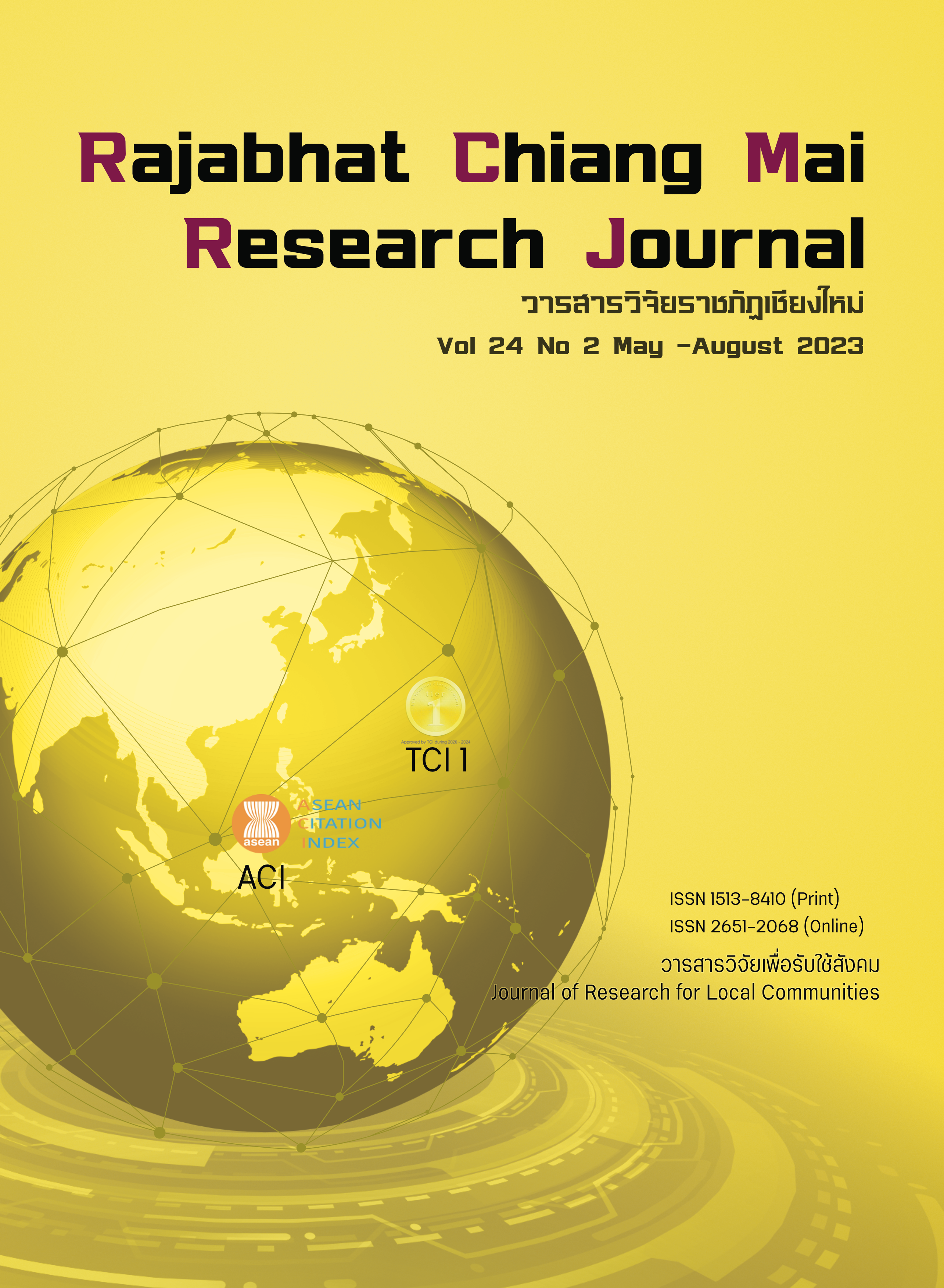Illocutionary Acts In Courtroom Proceedings: The Contexts Of Local Courts In The Philippines
DOI:
https://doi.org/10.57260/rcmrj.2023.262935Keywords:
Courtroom proceedings, Forensic linguistics, Illocutionary acts, Local courts, PhilippinesAbstract
Courtroom proceedings gives a lucid picture of the utilization of discourse in the judicial entities. This qualitative study employing content analysis aimed at determining the common illocutionary acts found in the contexts of local courts in the Philippines. Forensic Linguistics is an approach that deals with the relationship between language and law. The Transcripts of Stenographer’s Note (TSN) served as the corpora of the study. Each of the speech acts presented the different views of how language was used during courtroom questioning. Responses of the witnesses articulated their defense in order to provide the vivid picture on every event. Thus, it provided the step-by-step process of knowing the veracity of cases. Through this, the judge can come up with a fair and just decision. The implications provided how Forensic Linguistics played a crucial role in the analysis of texts.
Downloads
References
Ahmad, A., Ardi, N., & Rashidin, R. (2021). Speech Acts in Trials of Underage Sexual Criminal Case. Environment-Behaviour Proceedings Journal, 6(SI5), 3-9. https://doi.org/10.21834/ebpj.v6iSI5.2922
Ahmed, H. R. (2021). The Role of Forensic Linguistics in Crime Investigation: Uses in Legal Proceedings. ANGLISTICUM. Journal of the Association-Institute for English Language and American Studies, 10(2), 23-31. DOI:10.5281/zenodo.4609333
Ariani, M. G., Sajedi, F., & Sajedi, M. (2014). Forensic linguistics: A brief overview of thekey elements. Procedia-Social and Behavioral Sciences, 158, 222-225. https://doi.org/10.1016/j.sbspro.2014.12.078
Arif, W. G. (2018). An analysis of declarative speech act in the movie my lawyer, Mr Jo: Pragmatics approach. Journal of English Language Studies, 3(1), 91-100. DOI:10.30870/jels.v3i1.2384
Austin, J. L. (1962). How to do things with words. Oxford: Clarendon Press.
Braun, V., & Clarke, V. (2013). Successful qualitative research: A practical guide for beginners. Sage.
Catoto, J. (2017). On courtroom questioning: A forensic linguistic analysis. Journal of Humanities and Social Science, 22(11), 65-97. https://doi.org/10.9790/0837- 2211086597
Catoto, J. (2022). A Forensic Linguistic Analysis of Modality on Prosecutors’ Resolutions. International Journal of Language and Literary Studies, 4(2), 112-138. http://doi.org/ 10.36892/ijlls.v4i2.933
Dardjowidjojo, S. (2012). Speech act theory. Cambridge University Press.
Fitriana, D., Ariatmi, S. Z., & Laila, M. (2014). An Analysis Of Assertive Speech Act On Sentences Used In The Speeches Of Barack Obama (Doctoral dissertation, Universitas Muhammadiyah Surakarta).
Gibbons, J. P. (2014). Language and the Law. Routledge.
Gibbons, J., & Turell, M. T. (Eds.). (2008). Dimensions of forensic linguistics (Vol. 5). John Benjamins Publishing.
Gillings, M. (2022). How to use corpus linguistics in forensic linguistics. In The Routledge handbook of corpus linguistics (pp. 589-601). Routledge.
Grant, T., Grieve, J., Picornell, I., Perkins, R., & Coulthard, M. (2022). The Starbuck case: Methods for addressing confirmation bias in forensic authorship analysis. Methodologies and Challenges in Forensic Linguistic Casework. NJ & West Sussex: Wiley Blackwell, 13-28.
Henderson, G., & Brown, B. (1997). Glossary of literary theory. University of Toronto; University of English Library.
Hidayat, A. (2016). Speech acts: Force behind words. English Education: Jurnal Tadris Bahasa Inggris, 9(1), 1-12. https://doi.org/10.24042/ee-jtbi.v9i1.415
Nieto, V. G., Sierra, C. V., Juan, M. P., Barco, P. M., & Cueto, A. S. (2008). Exploring state of the-art software for forensic authorship identification. International Journal of English Studies, 8(1), 1-28.
Ralarala, M., Kaschula, R., & Heydon, G. (Eds.). (2019). New Frontiers in Forensic Linguistics: Themes and Perspectives in Language and Law in Africa and Beyond. African Sun Media.
Searle, J. (1969). Speech acts. An essay in the philosophy of language. Cambridge: Cambridge University Press, 1969.
Searle, J. (1977). Taxonomy of speech acts. Academic Press, New York, pp.89- 96.
Solum, L. B. (1988). Freedom of communicative action. Nw. UL Rev., 1988. Solum, L. B. (1989). Faith and justice; DePaul L. Rev., 1989.
Tiesma, F. (2002). Legal speech acts. European: University Press.
Tiesma, F. (2002). Conversation analysis and speech acts performance. European: University Press.
Tserdanelis, G., & Wong, W. Y. P. (2004). Language files: Materials for an introduction to language and Linguistics. The Ohio State University Press. Columbus.
Vanhoozer, K. (2001). The semantics of biblical literature: Truth and scripture’s diverse forms. Hermeneutics authority and canon, eds. D. A. Carson and John D. Woodbridge (Grand Rapids: Baker, 1995), 103.
Zulaeha, I., Yuiawan, T., Suproyono, A. Y., Wijayanti, H., & Prihatmini, E. (2021, November). The Humanist Expressive Speech Acts of the Judicial Panel at the State Court. In 6th International Conference on Science, Education and Technology (ISET 2020) (pp. 485-491). Atlantis Press.
Downloads
Published
How to Cite
Issue
Section
License
Copyright (c) 2023 Rajabhat Chiang Mai Research Journal

This work is licensed under a Creative Commons Attribution-NonCommercial-NoDerivatives 4.0 International License.
1. Articles, information, content, images, etc published in the “Community and Social Development Journal” are copyrighted by the Community and Social Development Journal, Chiang Mai Rajabhat University. In order to properly distribute the articles through print and electronic media, the authors still hold the copyright for the published articles under the Creative Commons Attribution (CC BY) license, which allows the re-distribution of the articles in other sources. References must be made to the articles in the journal. The authors are responsible for requesting permission to reproduce copyrighted content from other sources.
2. The content of the articles appearing in the journal is the direct responsibility of the article authors. The editorial board of the journal does not necessarily agree with or share any responsibility.














